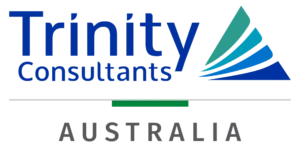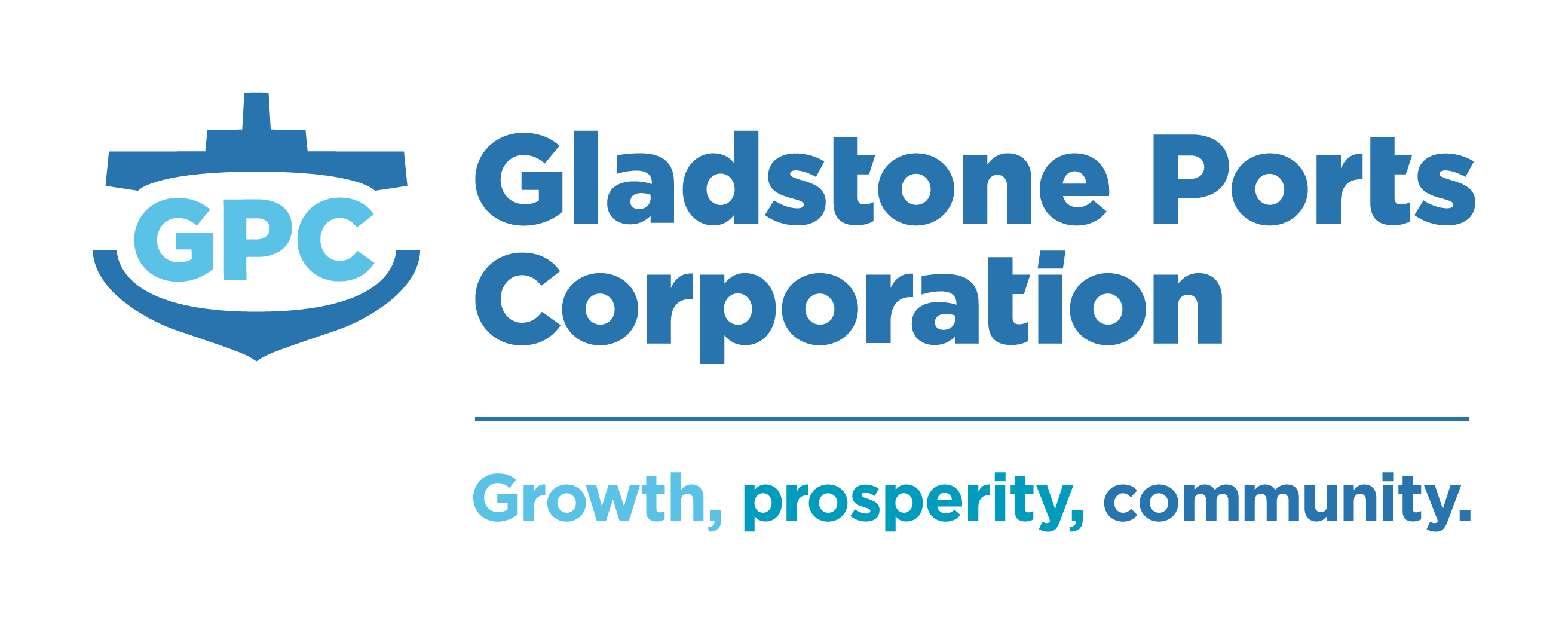 Vision Environment ANZ (VE ANZ) is a company of environmental monitoring specialists with decades of experience in water quality, marine ecology and other environmental services. Part of the Trinity Consultants Australia group, VE ANZ combines local knowledge with international resources to offer a highly qualified team of full-time research staff, dedicated laboratory facilities, specialised field equipment and a fleet of commercial vessels.
Vision Environment ANZ (VE ANZ) is a company of environmental monitoring specialists with decades of experience in water quality, marine ecology and other environmental services. Part of the Trinity Consultants Australia group, VE ANZ combines local knowledge with international resources to offer a highly qualified team of full-time research staff, dedicated laboratory facilities, specialised field equipment and a fleet of commercial vessels.
 We specialise in the delivery and functional usability of high quality, real-time compliance data, and we can provide readily mobilised field technical teams for projects in Australia, New Zealand and further afield.
We specialise in the delivery and functional usability of high quality, real-time compliance data, and we can provide readily mobilised field technical teams for projects in Australia, New Zealand and further afield.
Our expertise includes:
- Design and implementation of water quality (WQMP) and receiving environment (REMP) monitoring plans
- Construction monitoring, assessment and compliance reporting (including maintenance and capital dredge projects)
- Monitoring short and long-term impacts of acute environmental events
- Ecological surveys and mapping of habitats, including coral reefs, mangrove, seagrass meadows and more
- Surveys of fish and invertebrate communities and more
- Marine pest incursions
- Analysis of discharge water streams, including physicochemical parameters, contaminant analysis and ecotoxicity testing
- Soil and groundwater monitoring assessments, including for contaminants such as PFAS, metal(loid)s, hydrocarbons, pesticides and herbicides
- Air quality assessments, including odour modelling, greenhouse gas inventories and health risk assessment
- Acoustics services, including noise and vibration.
VE scientists and environmental specialists have also produced a number of internationally peer-reviewed publications for the wider academic community and have substantially contributed to environmental research and development.
VE is a company of commercial firsts in Australia through in-house design and innovation, particularly for dredge compliance monitoring. This has included telemetered PAR (benthic light), the use of altimeters to measure sedimentation rates and bed level changes, acoustic (non-cabled) delivery of telemetered physicochemical data and the use of a publicly viewed real time dredge status update dial.





